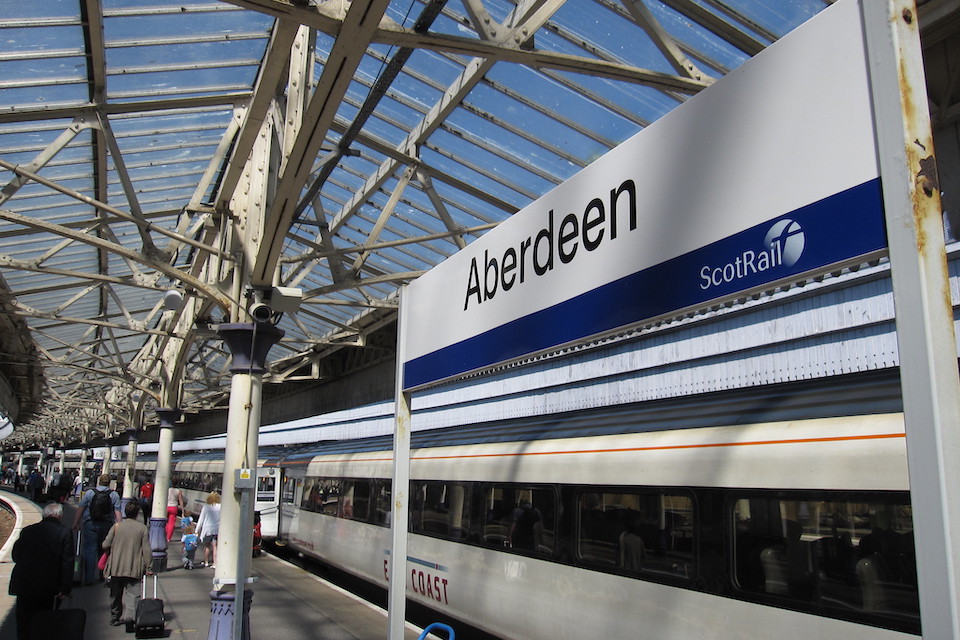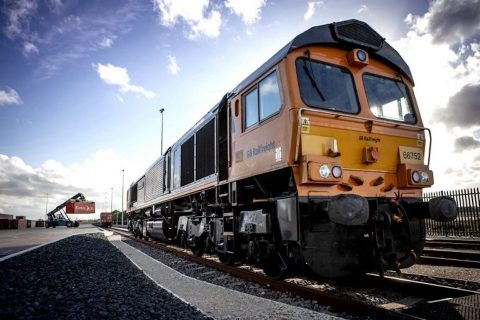Aberdeen rail freight could benefit from infrastructure works

It may be styled as Europe’s oil exploration capital and Scotland’s third city by population, but Aberdeen registers lowly on the scale of rail freight activity. However, a programme of works by Network Rail could help stimulate growth. Activity is ramping up over the next few months between Perth and Aberdeen, improving connectivity with the Granite City.
Do you want to read the full article?
Thank you for visiting RailFreight.com. Become a member of RailFreight Premium and get full access to all our premium content.
Are you already a member?
Having problems logging in? Call +31(0)10 280 1000 or send an email to customerdesk@promedia.nl.




